1. Bathing in Lard
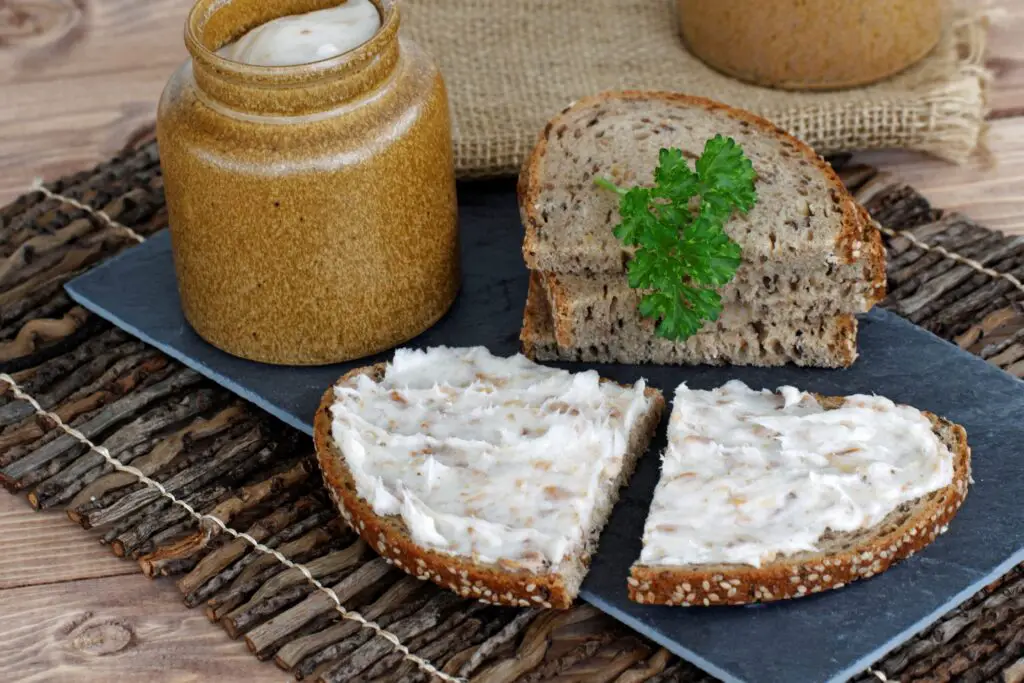
Back in the 18th and 19th centuries, people would use lard as a form of skincare. The belief was that it helped moisturize the skin and maintain a healthy glow. It was a common practice in both Europe and America, particularly among the working class who didn’t have access to fancy creams. Although lard is an animal fat, its grease was seen as an effective barrier to the elements.
Today, the idea of slathering your body in animal fat would be seen as unsanitary and unpleasant. Thankfully, modern moisturizers and body lotions have replaced this practice, giving us more hygienic ways to care for our skin.
2. Washing Hair with Urine

Before shampoo was widely available, some people used urine as a hair cleanser. It was believed to help with dandruff and promote hair growth. Urine contains ammonia, which can act as a natural disinfectant and was thought to keep the scalp clean. In fact, the use of urine for personal hygiene dates back to ancient Rome.
The very idea of washing your hair with urine sounds utterly revolting today. But considering that ammonia is still used in cleaning products, this strange practice wasn’t entirely without merit.
3. Sharing Toothbrushes
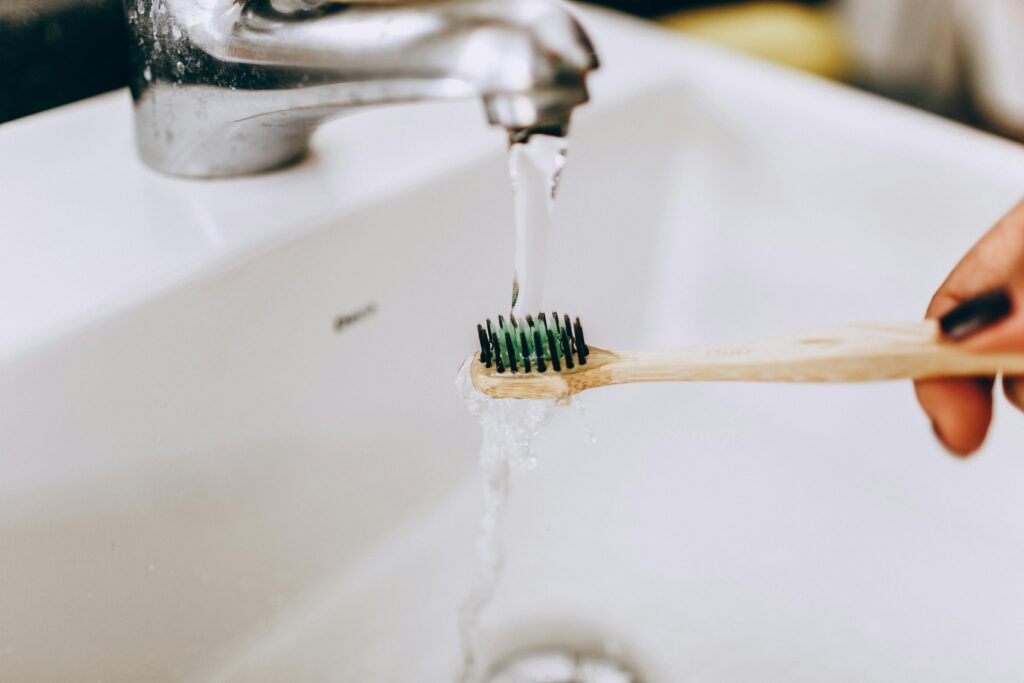
In the past, toothbrushes were not as widely accessible, and people would often share them with family members or even neighbors. The idea was that one toothbrush could last for an entire household. This practice was particularly common before the 20th century when dental hygiene wasn’t as emphasized as it is today.
Now, the thought of using someone else’s toothbrush is enough to make most of us cringe. The risk of germs and bacteria makes the practice seem unimaginable in the modern world of dental care.
4. Using Lead-Based Makeup
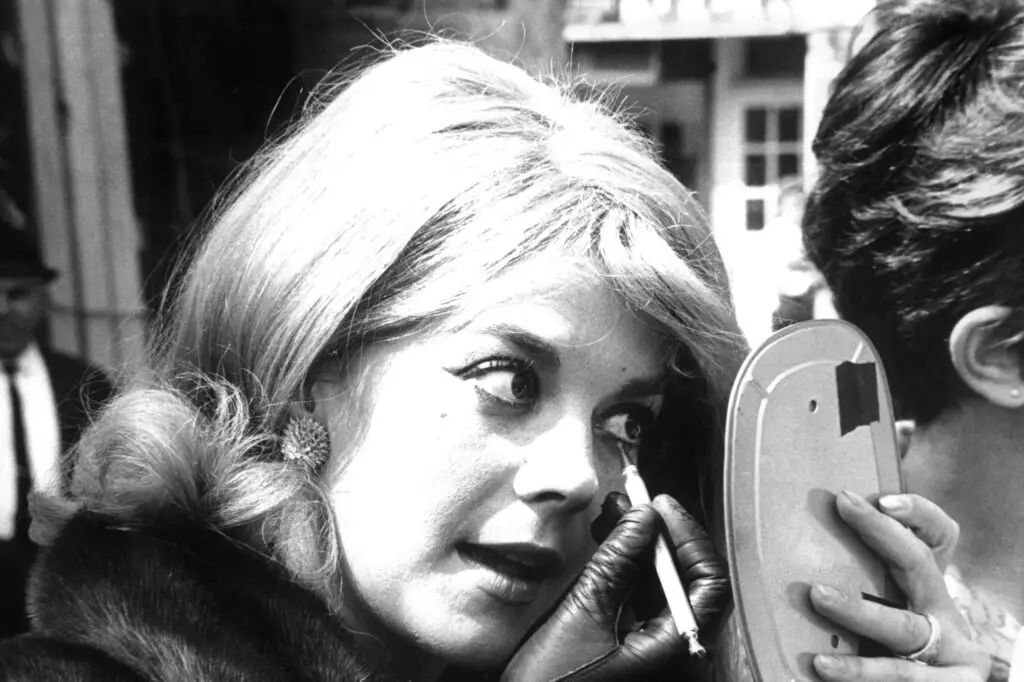
During the Renaissance and up until the 18th century, women used lead-based makeup to achieve a pale, porcelain-like complexion. The whitening agent was thought to enhance beauty, especially in high society. It was applied to the face as a foundation to create a delicate, aristocratic look.
Today, we know lead is highly toxic and can cause a range of health issues. The very notion of applying lead to your skin is horrifying, but in the past, it was considered a beauty standard.
5. The “Cleansing” Enema Rituals
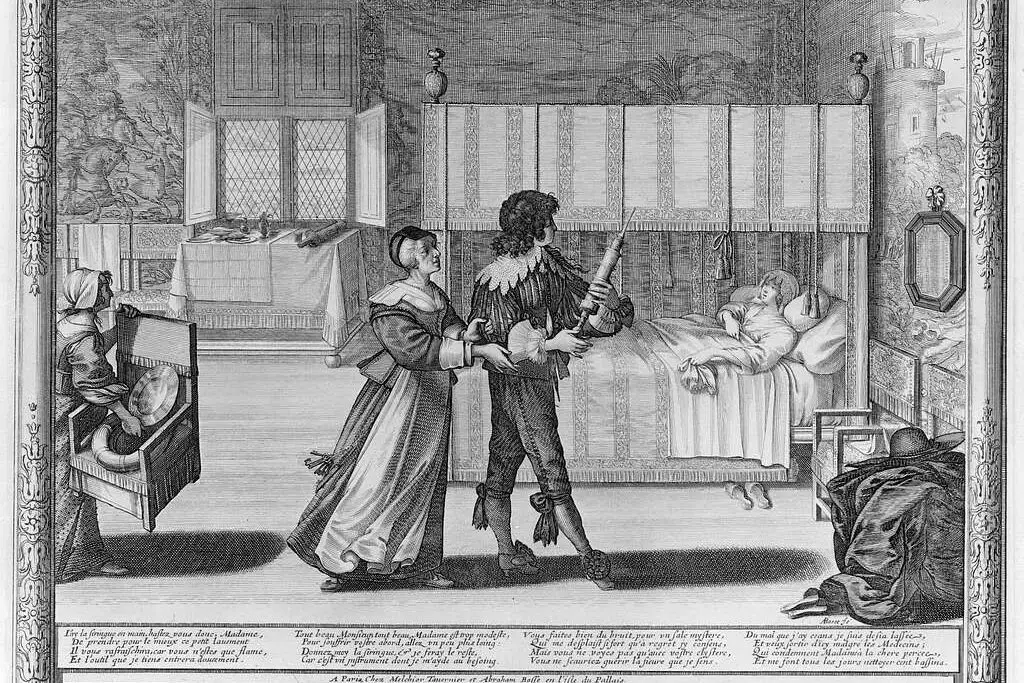
In the early 1900s, enemas were seen as a popular health practice. People believed that performing regular enemas would cleanse the body of toxins and prevent disease. Some even went as far as to perform them multiple times a week in an effort to maintain overall health.
While today, enemas are still used in medical settings for specific conditions, the widespread belief that they could “cleanse” the body has long been debunked. The idea of using an enema as a routine health habit today is definitely unsettling.
6. “Pre-Toothbrush” Teeth-Cleaning Tools

Before the toothbrush became common, people would use a variety of odd tools to clean their teeth. These included sticks, twigs, and even rags. In some cultures, people would use charcoal or crushed bones as abrasives to scrub their teeth clean.
It’s hard to imagine going to such lengths to clean our teeth without the modern convenience of toothpaste and a proper toothbrush. Today, the thought of using a piece of wood or bone on your teeth is completely unappealing.
7. Wearing Corsets for Hygiene
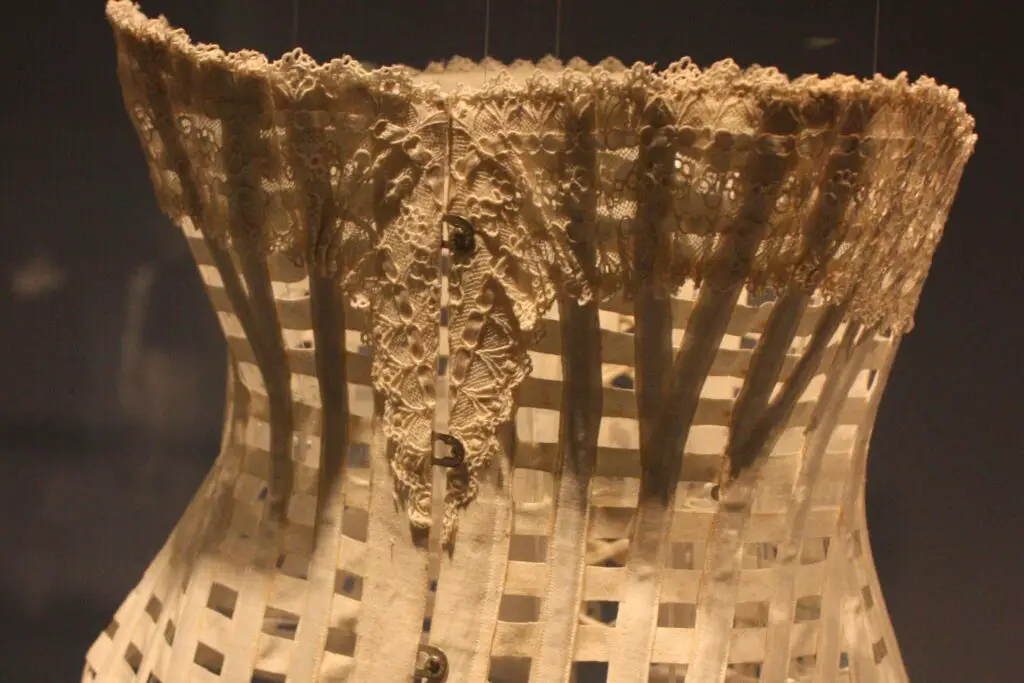
Corsets weren’t just fashion accessories in the past; they were also believed to aid in personal hygiene. Some thought that tight lacing could help keep the body in shape and even improve posture. They also believed that the compression of the corset could assist in digestion by pushing the organs into place.
Now, the idea of using such restrictive clothing for health benefits is a thing of the past. The modern emphasis is on comfort and movement rather than constriction, making the corset a bizarre relic of history.
8. The Communal Bathing Ritual

In earlier centuries, communal baths were a standard practice in many cultures. It wasn’t uncommon for multiple people to bathe in the same water, sometimes with dozens of people sharing a single tub. Public bathhouses were places for socializing, but hygiene wasn’t exactly the priority.
Imagine stepping into a bath where the water has already been used by others. Today, personal hygiene has evolved to include individual showers and baths, making communal bathing a practice we’re glad has been left in the past.
9. Using Mercury for Skin Care
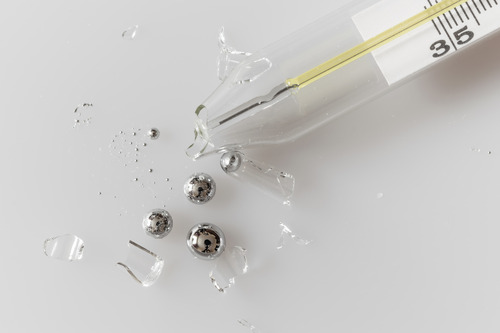
In the 1800s, mercury was sometimes used in skin care products to treat acne and other skin blemishes. People believed that mercury could purify the skin and even out complexion. It was a common ingredient in some beauty treatments, even though it is highly toxic.
Today, we would never dream of applying mercury to our skin. We now know that mercury can cause severe health problems, making this practice one of the most dangerous hygiene habits of the past.
10. Scraping Dirt Off with a Knife
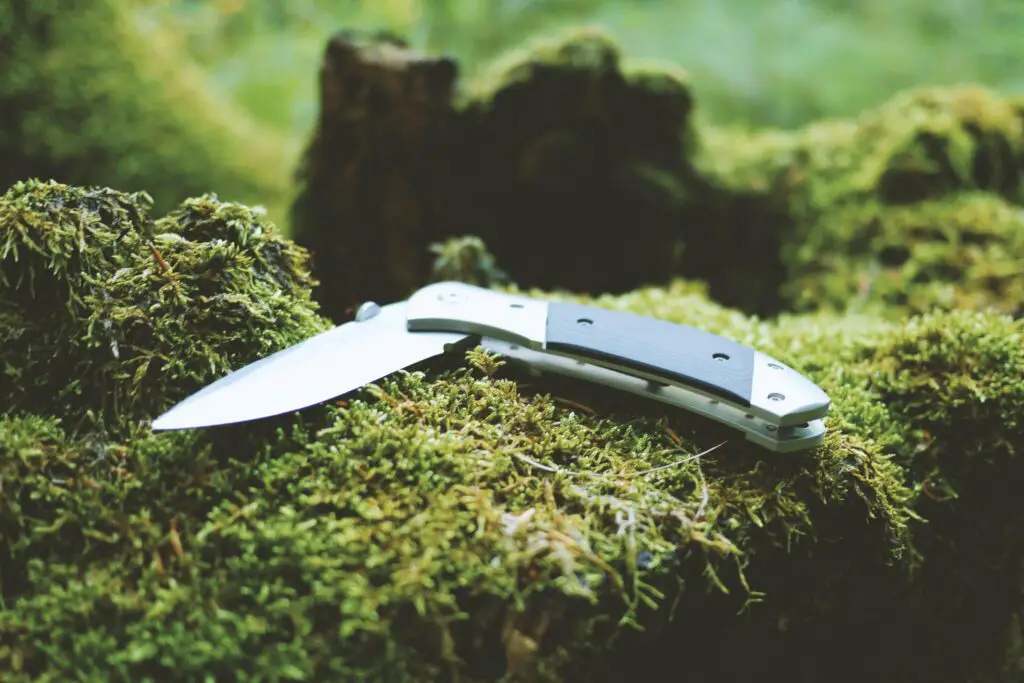
Before soap was widely used, some people relied on scraping their skin with a knife to remove dirt and dead skin cells. This was especially common in places where soap was considered a luxury. The sharp edge of the knife was used to scrape off layers of grime after a hard day’s work.
The thought of using a knife to clean your body feels not only uncomfortable but also unsafe. Modern exfoliants and soap have certainly made this dangerous habit obsolete.
11. Cleaning Ears with Metal Hooks
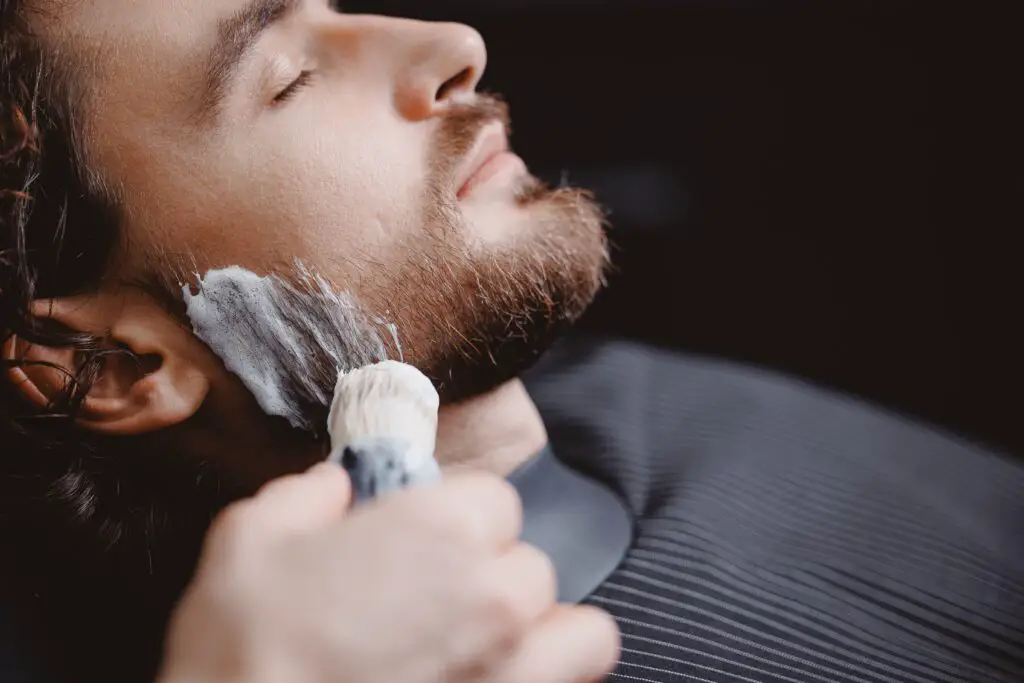
Ear cleaning in the past was often done with sharp metal hooks or scoops. These tools were used to remove wax from the ears, but they were also a breeding ground for infection. The metal would often be reused without proper sanitation, leading to serious health risks.
Today, we know that ear cleaning should be done with caution and proper tools. The idea of sticking metal objects in our ears seems barbaric compared to the safer options available now.
12. Not Washing Hands After Using the Bathroom

Before the importance of handwashing became a widespread practice, many people simply didn’t wash their hands after using the bathroom. This was especially true before the 19th century when germs were not yet understood. Handwashing was not considered a necessary part of hygiene.
Today, the idea of not washing your hands after using the bathroom is unthinkable. It’s one of the most basic hygiene habits that we now take for granted, but in the past, it wasn’t a priority.
13. Using Sponges as “Sanitary Pads”
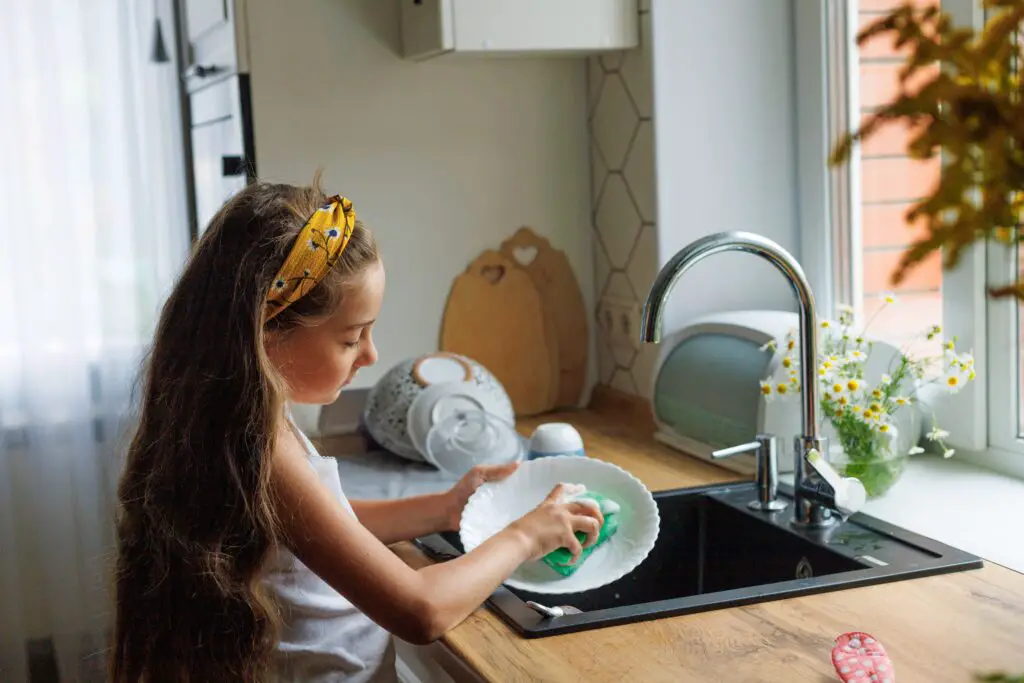
In ancient civilizations, women would use sponges, sometimes soaked in water or vinegar, as makeshift sanitary pads during their menstrual cycles. The sponges were often washed and reused, which may sound unhygienic by today’s standards.
While sponges are still used for cleaning, their use for menstrual hygiene is a practice long abandoned. Today, modern sanitary products provide a much more sanitary and convenient option for women.
14. Using Animal Blood for Skin Treatment
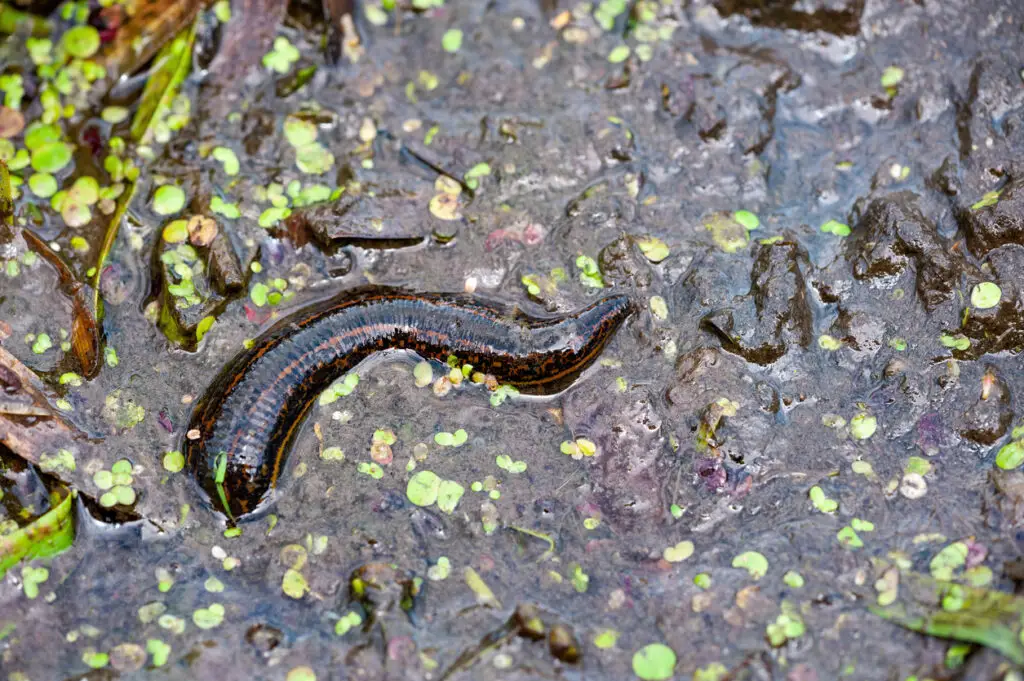
In the past, some cultures believed that animal blood could be used to treat a variety of skin conditions. The blood would be applied directly to the skin in an effort to cleanse or purify the skin. This practice was based on ancient rituals that linked blood with vitality and health.
Now, the idea of applying blood to your skin for cosmetic purposes would be seen as both unsanitary and unethical. Today, we rely on scientifically backed skincare treatments that are far less disturbing.
15. Sleep in “Beauty Masks”
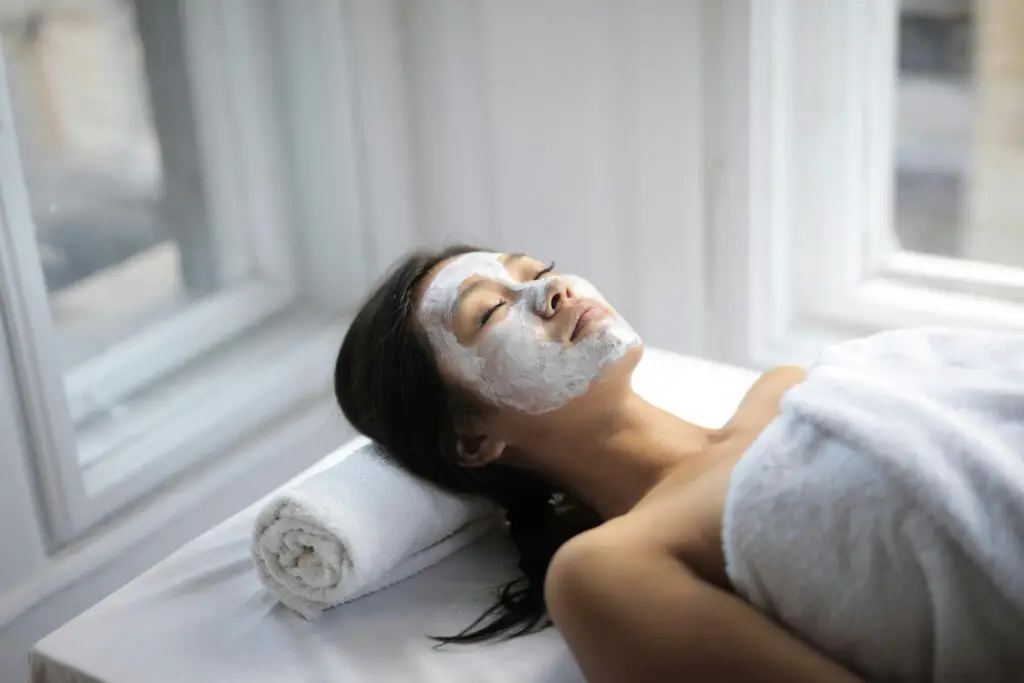
In the 18th century, it was common for women to sleep in beauty masks that were made from a variety of materials, including wax, clay, and sometimes even lead. These masks were meant to improve skin appearance by morning, but their materials were far from safe.
We’d never dream of sleeping with a lead mask on our faces today, especially with the knowledge of how harmful those substances can be. Today, beauty treatments are far safer and more comfortable, leaving these bizarre practices behind.
